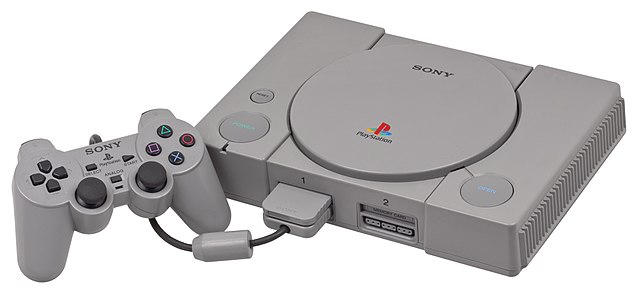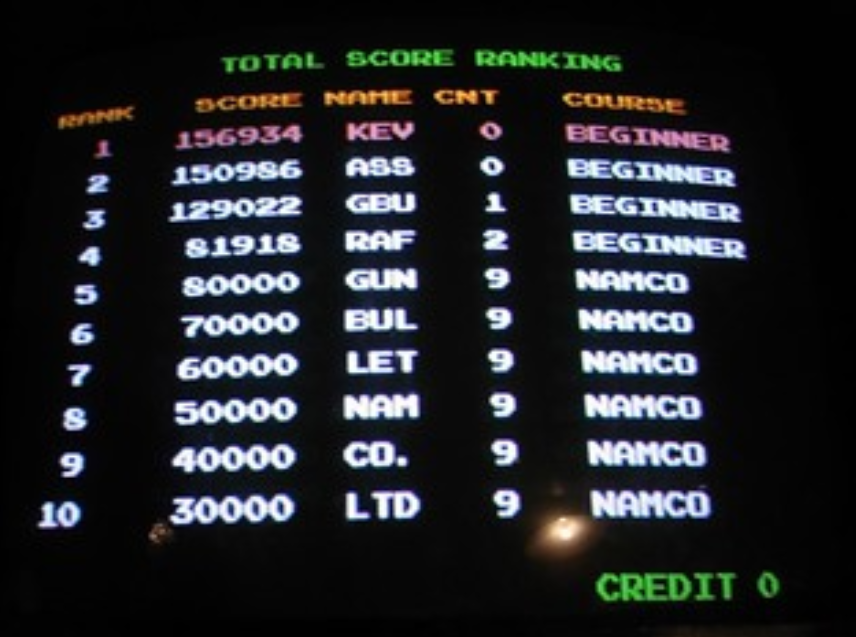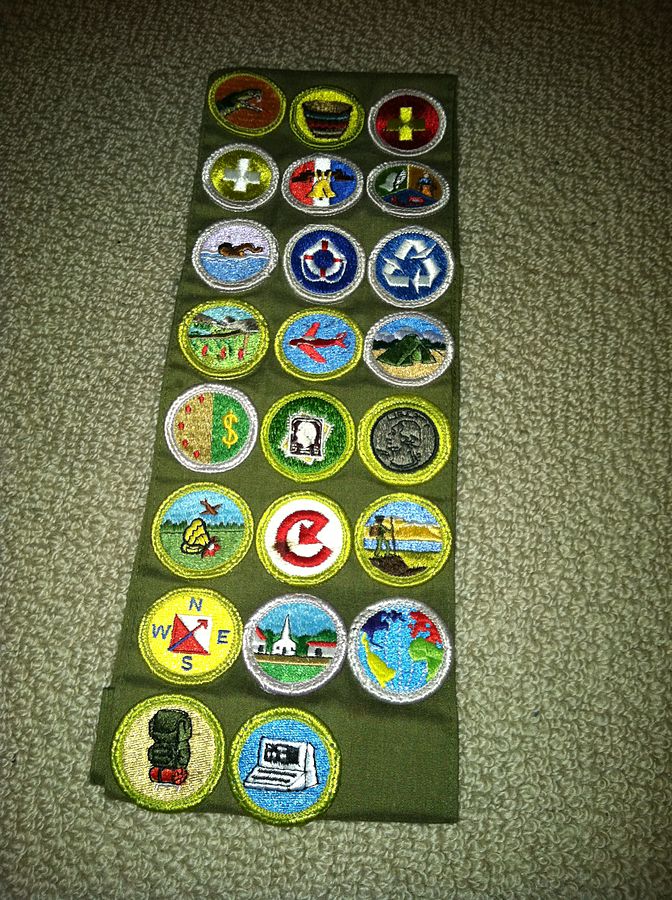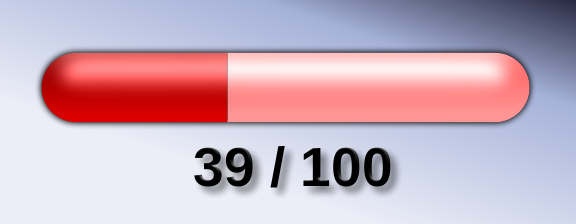This post was originally published on the WA CORELaborate site!
In a way, school is already a game. Think about it. Think about your top performing or A students. They have figured out how to play the game of school. They know how to complete assignments, turn in their homework, do well on quizzes and tests, and how to get extra credit if they miss points on previous assignments. They know how to get the grades they want.
What about the low performing students? We try to help them play the game of school and experience success in our classes but it doesn’t always work. What if we changed the game on them? Would they experience more success?
What is Gamification?
In order to understand Gamification, we need to understand a little something about video games. Ever played a video game? I grew up playing arcade games and they had some features, known as game mechanics, that can be found in gamification. When playing a video game the player starts off pretty weak, facing weak opponents. As the player defeats enemies and completes tasks he gets more powerful either by acquiring better weapons and armor, gaining more experience, leveling up or just plain becoming more skillful at playing the game. At the end of many arcade games the highest scores are displayed showing the top players. In modern video games the high scores are shown on a leaderboard. For some, this is motivating as it gives them a target to aim for.
So aspects of video games that motivate players to play a game and come back and continue to play the game are game mechanics that can be found in Gamification.
Achievements and badges are ways for players to show all that they have accomplished. Think of them like getting a gold medal at the Olympics or getting a diploma after graduating high school.
In video games players keep track of their progress through points which are called experience points or XP. In my opinion, XP is the most important or powerful game mechanic to consider when gamifying a school course. Let’s consider the difference between gaining experience points and leveling up in a game such as World of Warcraft versus starting English 1 in high school.
A player starting a new character on World of Warcraft or WoW begins the game with zero XP. The player gets his first quest and goes out to complete it. Along the way everything the player does, discovering new places and killing bad guys, earns him XP. If the player fails at completing the quest at first, he continues until he learns how to find what he needs and how to complete the task. Even if the players dies in the process he respawns or starts again to give it another try. So even death is not final in a video game! If the player does not complete the quest he doesn’t get the XP for the quest, but once the player completes the quest, no matter how long it took him or how many times he failed before being successful, the player gets the full XP upon turning in the quest! Video games like WoW are mastery models of learning because as long as the player masters the objective, the player gains the rewards.
Now contrast that with a typical, traditional English class. A new student gets his first assignment. The teacher informs him that he is starting fresh, with an A+ and all he has to do is keep that A+ for the remainder of the quarter! No problem, right? Well, what if that first assignment is difficult at first and it takes the new student a few tries to get it just right. Maybe the first attempt got him a D, 65%. The second attempt got him a C+, 78%, and finally on the third attempt he achieved an A-, 92%, because he learned it and figured it out! Since the teacher averages all those assignments every time they were turned in his A- is really a C+, 78.3%! Taking risks, making mistakes, or just plain taking a few tries to learn the material is not worth it because it just whittles away at that elusive A+!
So if teachers want to gamify their course my first recommendation is to begin by making your course like a video game by starting with no grade instead of starting with an A+ that can easily be whittled away at by making mistakes. In other words, do not penalize students for making mistakes on their learning journey! Have your students start as beginners with zero points! Have them submit and resubmit assignments until they have mastered a skill to get the experience points when they show mastery. Give the students a “winning” condition so they know how much XP they need to beat the class. If to pass your class and get an A requires 4,000 XP, then students know from the outset what they need to do to be successful, to beat the game! Then if you call assignments quests or missions they really become that and it’s not just doing lip service to Gamification.
What is the difference Between Gamification and Game-Based Learning (GBL)?
Gamification is the incorporation of gaming mechanics into non-game situations. Workplaces having leaderboards with the highest performing or producing employees each month, earning points for buying certain items at the grocery store that can later be used as currency to get something else or to save money, earning badges for completing certain tasks to show that you’ve mastered those tasks, or having students start with zero points and gain points as they complete quests in your class are examples of Gamification. It’s used everywhere. So if that’s Gamification then what is Game-Based Learning?
Game-Based Learning or GBL, on the other hand, is the actual use of games for the purpose of learning or showing learning in school. Minecraft is a great example of GBL as many teachers have found creative ways to have their students learn by playing the game in class!
Why Gamify?
It should come as no surprise that games motivate us. Ever watched a kid play a video game? Ever try to get her attention just as she was on the verge of winning?
Jane McGonigal, a gaming guru, defines games as sharing four defining traits, “a goal, rules, a feedback system, and voluntary participation.” Reality is Broken: Why Games Make Us Better and How They Can Change the World
We choose to play games and that in itself is highly motivating. In school kids are asked to do things that they wouldn’t necessarily do on their own and even though we can offer our students some choice in what they learn, or a lot of choice when engaging in Genius Hour type activities, we can offer our students more choice in how they show their learning. So offering students choice is a good way to start Gamification because after all, the reason to Gamify is to motivate students to do school!
By gamifying our course we try to tap into the motivating features of games. The game mechanics mentioned earlier motivate different people at different times for different reasons. Incorporating game mechanics into your classroom can motivate different kids for different reasons at different times, too! Some kids are motivated by being at the top of the leaderboard. Some kids are motivated by leveling up so they know exactly where they are. Knowing what level they are also helps kids to know how many more points they need to get to the next level, especially if the next level comes with something they want. In my class, kids who reach level 6, which usually happens by the second semester, are allowed to listen to music during individual work time.
So the reason to Gamify is to tap into the motivating features of video games to motivate students. That being said, Gamification in itself may not be enough. There is a phenomenon known as chocolate covered broccoli. If a kid hates broccoli, covering the broccoli in chocolate, something that the kid loves, may still NOT be enough to motivate that kid to eat the broccoli! So just by adding badges and XP and levels to an otherwise boring curriculum may not be enough. Some curricula requires much more rethinking than just adding game mechanics!
How do you Gamify?
I’m going to list some ways that teachers can get started in Gamification. If you like some of the ideas and want more concrete ways to gamify your course I highly recommend getting Lee Sheldon’s The Multiplayer Classroom book. In the book Lee provides great ideas in the form of case studies where teachers show how they gamified their courses at different grade levels. There are some great ideas there to get you going.
- As mentioned above, if you are going to gamify your course consider changing how you grade and provide points to your students. You can begin by calling your assignments Quests, calling tests Boss Battles (a typically difficult battle in a game where you face a very tough opponent requiring the player to use all their skills and items gained until that point), calling practice or formative assessments or homework farming (known in gaming as performing sometimes tedious, repetitive tasks to learn a skill or to get enough items to either sell or create something you really need or just to get extra XP to level up) for example. But once you do that make sure you change your syllabus not just to reflect the change in naming classwork and daily tasks but also the change to your scoring.
- Start all students with zero points and design a leveling scheme to show them exactly how many points they need to get to each level. Also figure out how much XP your students need to beat your class, to get the A. Do consider giving full points for mastery and find equitable ways to average if you don’t grade based on standards, or standards-based grading (see Lee Sheldon’s book for examples of how others have done it).
- Arrange topics in your course that students need to master or learn, such as by standards. Create badges for each of those and come up with a way to give students badges once they show mastery on that standard or topic.
- Design achievements that students can earn in your class. Achievements are usually different from badges in that, as badges are earned for showing mastery on standards, achievements are earned by demonstrating skills. For example, you could offer students a Google Doc achievement for demonstrating the ability to use Google Docs to share with you and other students in their team for completing class work or taking collaborative notes.
- If you have activities that lend themselves to competition, consider having student teams name themselves. In games, teams of players are called Guilds and Guilds often compete with other Guilds. It doesn’t have to be competitive though. Guilds could just come up with a Guild name, a Guild Crest or Emblem, and some kind of mission statement to unite the team. You can even have each of your classes be different Guilds.
- Leaderboards can also be used but sparingly. As students earn XP you might have your top performing students gaining XP quickly and your slowly processing students gaining XP much slower. The top students will be motivated by seeing themselves at the top of the leaderboard but the students at the bottom of the leaderboard can face public humiliation and give up! While I show the top of the Leaderboard in my class from time to time, I never show the bottom. Mostly, I tell students who are at the top if someone beat them because they enjoy vying for the top spots. Students who are lower on the leaderboard still ask their peers how much XP they have and that ends up working fine as I hear students telling each other to get their work done to get more XP. I also visit with the students at the bottom of my class leaderboard to see what support they need to get work done, gain XP and level up.
- In combination with any of the above, and possibly requiring more work for the teacher at first, is to offer students multiple pathways towards success. Consider the Gamified grading scenario where students in a class all start with zero XP. In order to beat the class and get the best grade students need to have 4,000 XP by the end of the term. Who’s to say they all have to get there and earn those 4,000 XP in the same way? This lends itself to differentiation and even to letting students create their own pathways toward success! Even in a standards-based classroom why can’t students show mastery of standards in a different way than what the teacher provided?
- What are ways that you have gamified your course? Please share your examples in the comment section of this post! 🙂
Here are many Diigo Link resources on Gamification.
Here are even more Diigo Link resources on Game-Based Learning or GBL.

























































